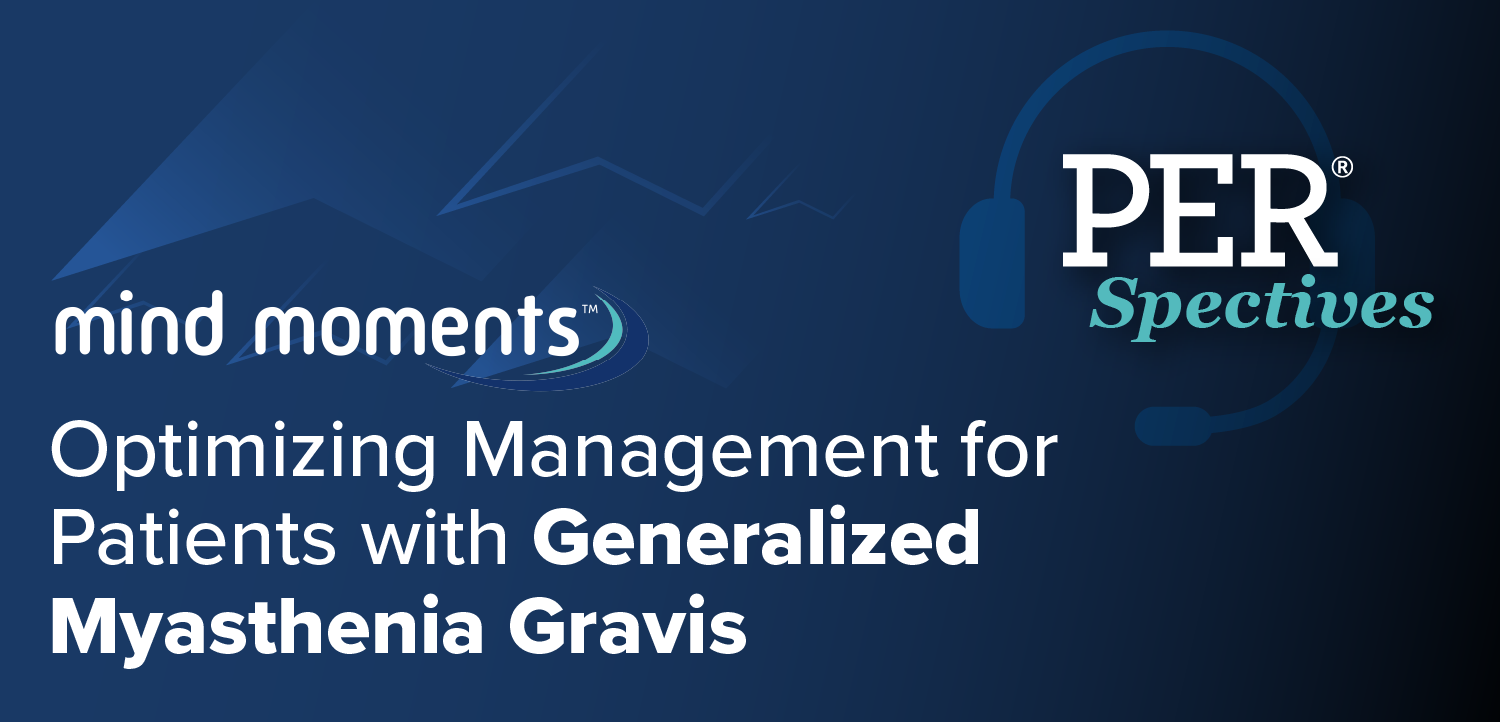
Tailoring Precision Medicine Treatment of Hemorrhagic Stroke Through Predictive Models: Kara R. Melmed, MD
The clinical associate professor of neurology and neurosurgery at NYU Langone talked about the promise of machine learning in identifying patients at high risk for hematoma expansion to guide care. [WATCH TIME: 2 minutes]
WATCH TIME: 2 minutes
"If we can find the patients who really are expanding early, those are the patients where we can start to tailor our care and start to give more precise and focused management of blood pressure, anticoagulation reversal, etc.”
High blood pressure (BP) is recognized as a major modifiable risk factor for intracerebral hemorrhage (ICH) and has been associated with a greater likelihood of initial hemorrhage, poorer outcomes, and increased risk of recurrent stroke, cardiovascular events, as well as cognitive decline. Research suggests that early BP reduction, aiming for a systolic level below 140 mm Hg in the first few hours of presentation, may be appropriate for many patients after ICH. Over the long term, guidelines recommend to titrate antihypertensive therapy to achieve BP levels below 130/80 mm Hg in individuals with a history of ICH, regardless of demographic or clinical factors.1
Building on efforts to improve outcomes after ICH, recent research has also explored the use of machine learning (ML) to support clinical decision-making. One recently published study assessed ML models for predicting in-hospital mortality among patients with acute ICH, using both brain imaging and clinical data.2 At the conclusion of the analysis, results showed that the models were comparable or better predictive than traditional scoring systems, particularly when clinical and imaging inputs were reviewed by specialists. Overall, these findings suggest that ML may offer a useful tool for risk stratification in the acute setting, with potential to inform individualized treatment strategies alongside established interventions such as BP management.
REFERENCES
1. Mullen MT, Anderson CS. Review of Long-Term Blood Pressure Control After Intracerebral Hemorrhage: Challenges and Opportunities. Stroke. 2022;53(7):2142-2151. doi:10.1161/STROKEAHA.121.036885
2. Matsumoto K, Ishihara K, Matsuda K, et al. Machine Learning-Based Prediction for In-Hospital Mortality After Acute Intracerebral Hemorrhage Using Real-World Clinical and Image Data. J Am Heart Assoc. 2024;13(24):e036447. doi:10.1161/JAHA.124.036447
3. Melmed KR. No: Blood Pressure Targets in ICH: Should We Go Low?. Presented at: 2025 AAN Annual Meeting; April 5-9; San Diego, CA. Controversies in Neurology Plenary Session.
Newsletter
Keep your finger on the pulse of neurology—subscribe to NeurologyLive for expert interviews, new data, and breakthrough treatment updates.




































